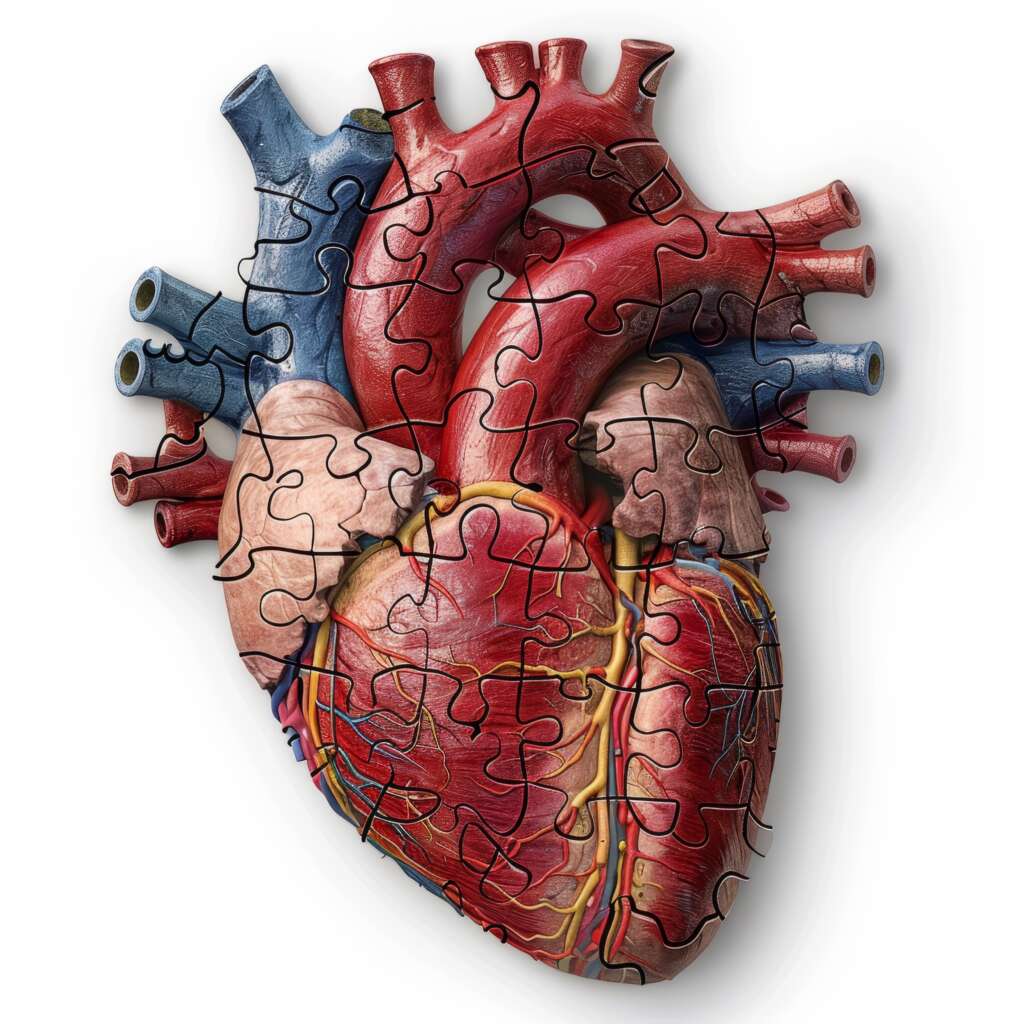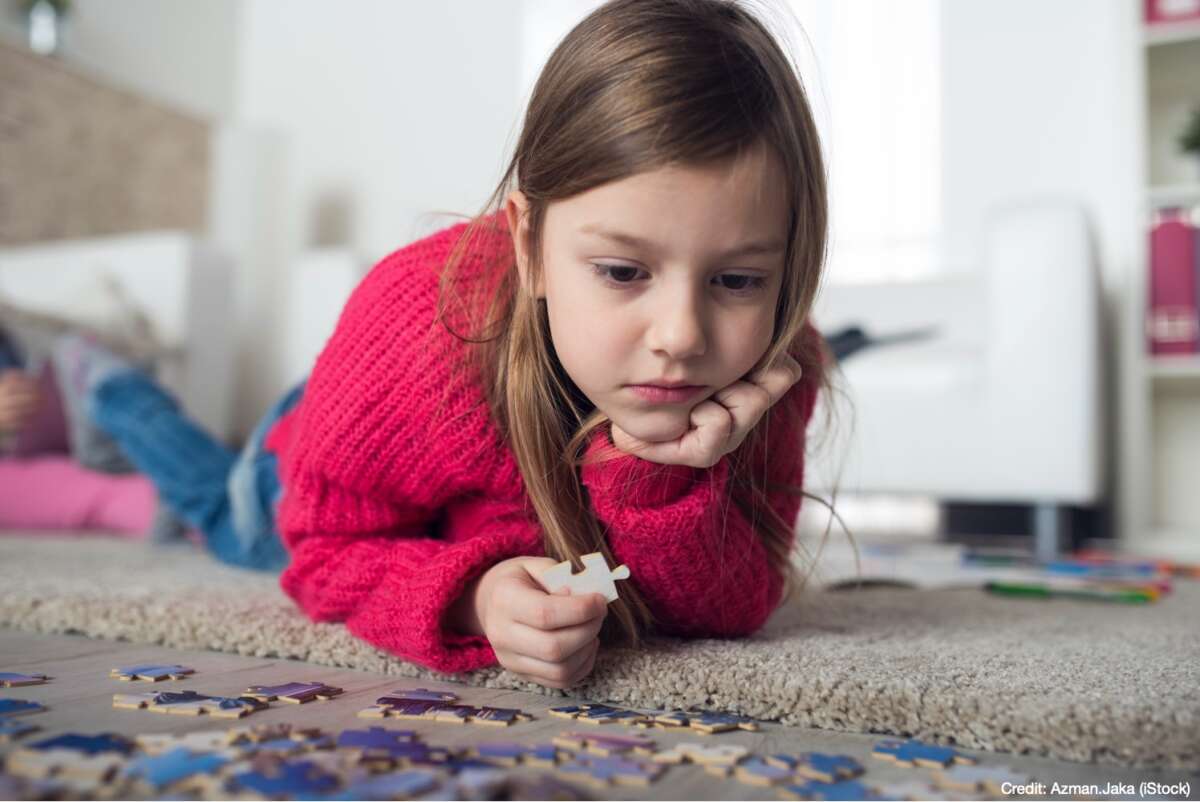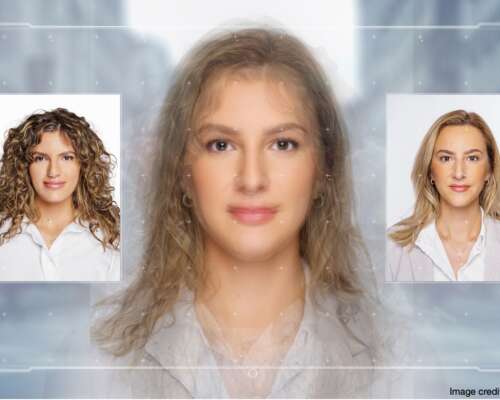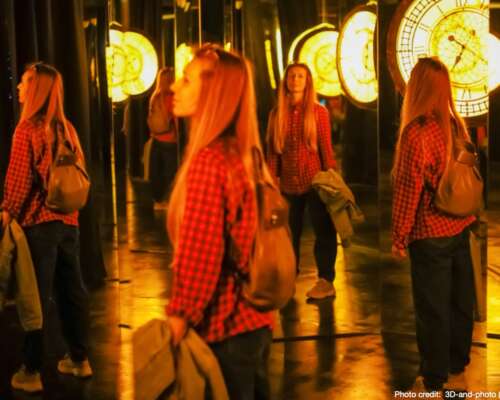Deena gifted me a 750-piece jigsaw puzzle for Christmas. She knew I enjoyed puzzles as a child and she picked out a puzzle with four or five different portraits of dogs. Last month, I opened it right about the time our grandchildren came to visit. They loved it, especially our eight-year-old grandson. He seemed to have a special talent for this. Children—and adults—learn patience, perseverance, organizational skills and much more when they are engaged completing a jigsaw puzzle. Completing a puzzle is actually solving a problem. There is a generous amount of cognitive learning which takes place. Youngster encounter variables including the shapes and the colors of the pieces. In a sense, a puzzle with a thousand pieces has a thousand bits of encoded spatial data which must be understood and successfully applied. This post will hopefully give you some strategies for when your life is a puzzle.
HOW TO CHOOSE A PUZZLE

One important consideration in choosing a puzzle in the first place is to select one portraying something the recipient would enjoy assembling. Maybe a train or a soccer game for a small boy, or a puzzle portraying something a girl might like, such as a kitten or a puppy. Adults may prefer flowers, famous attractions or landscapes such as mountains or trees in autumn. Don’t choose anything too complicated or obscure. Children, for example, would quite possibly tire of a puzzle of a Renoir painting. I know I would. And while a photo of the Milky Way at night might be awe-inspiring idea for a puzzle, to the average person, one part of the Milky Way pretty much resembles another part and completing the puzzle would be quite tedious indeed.
Another consideration deals with the sheer number of pieces. A puzzle with no more than a few hundred pieces wouldn’t be challenging enough for a middle schooler and you might want less than a thousand or 1,200 pieces in order to keep it manageable. Avoid puzzles with smaller pieces that could pose a choking hazard when young children (or golden retrievers) are involved or which could make it difficult for seniors with depreciating eyesight to work with.
POSITIVE HEALTH BENEFITS TO PUZZLES
There are very real health benefits involved in solving jigsaw puzzles. These benefits involved reduced blood pressure and heart rates and improved breathing rates as well. In fact, there is a considerable amount of stress reduction across the board. Spending time mulling over a jigsaw puzzle means you have a proportionate reduction in screen time on your smartphone and whatever health risks are entailed for that activity and device.
MY PERSONAL EXPERIENCE
As an enthusiast who has assembled many different puzzles, the major victory of course is finishing the entire work, though in the process of doing so, one encounters many smaller victories along the way, each affording equal satisfaction. The average puzzle aficionado needs 3-5 hours to complete a jigsaw puzzle. But that is someone who has mastered the best practices1 of puzzle completion For the rest of us, along the way there are long periods of looking for a missing piece. You have a good idea of the size, the shape, the coloring of the piece but you just can’t seem to find it. It appears to be hiding in plain sight. You try different strategies. You compare the missing piece to the scene on the box. You try pieces one-by-one. Perhaps, you move to another area of the puzzle to work there or you take a break to refresh your mind. I assembled a puzzle once with someone who would make a piece fit even I it had nothing to do with his part of the scene. All he needed was a hammer. He would pound it in, determined to destroy the piece in the process if need be. And what does that tell you about his character? Or his blood pressure?
A puzzle can guide a child in life even as it assists adults. In the past, I advised countless college students on their academic major and career choices. The courses they completed to that point were tiles in the mosaic. Once you know what sort of degree will be pursued, you can identify the missing pieces in the pattern.
A young girl contemplating romance and marriage may spend endless hours as a child imagining what her future wedding will be like. Eventually, she will encounter sometimes disappointing realities in terms of what sort of wedding her family can afford, or considering her parents’ insistence on inviting uncouth, eccentric and distant relatives. I suppose some parents live vicariously by planning their daughter’s wedding down to the very color of the rose pedals.
WARNING: SOME ASSEMBLY REQUIRED
We experience many different puzzles in life. Some deal with relationships. Some of these circumstances deal with health issues, finances or broken relationships. What will we discover once we start fitting these pieces together? Will we perceive things to be better or worse? Often, the whole picture is not made known to us as we beginning our puzzle of life. But as we reach certain milestones, we enter a new “level” or are granted an additional “vista” which adds detail to what we already have learned.
If someone works in business or industry, now more than evert they are encouraged to “reimagine” their products or “think outside of the box” in how to accomplish their goals. And, above all, we must have vision. Proverbs 29:18 in the Bible says “Where there is no vision, the people perish.” Often in life we do not have a full color photo of what the pieces portray. And we need to also understand that the exact same puzzle pieces may lend themselves to an alternative outcome or solution. Once again, an example from the Bible:
The Jewish religious hierarchy in Jesus’ day expected a Messiah who triumphed over the enemies of Judaism. They pictured Him (Messiah ben David) riding on a white steed into Jerusalem to seize the throne of King David. However, in interpreting and assemblying the bits of contemporary data to match this scenario, they overlooked Isaiah’s “suffering servant” or Messiah ben Joseph from Chapter 53 of this prophet’s book. Here, the pieces were also a perfect match. But sadly, their minds were already made up.
Puzzles provide children (and adults) with experience that cross several domains. They develop fine motor skills such as eye-to-hand manipulation and dexterity, things that may be lacking in a ten-year-old and another person who is eight times that age. Working with others, they learn teamwork as well as taking their turn. Language skills are enhanced as they attempt to describe to others the missing piece they are looking for. Even emotions are exercised as the child–or the adult–sees their accomplishments and the inspirational effects of the puzzle photo come to life, bit-by-bit.
AFTERWORD
I suspect that many problems in the life of a family can uncovered and explored, discussed calmly and resolved while casually engaged in the completion of a jigsaw puzzle. A puzzle can produce just enough distraction to take the edge off of any expressions of hurt feelings, disappointment and whatever else contemporary families deal with. And I also suspect that many of these issues are, in fact, timeless.
FOOTNOTES
1Other “best practices” than those discussed above include:
- Using a flat, open and spacious work area to assemble the puzzle.
- Ensure that your work area has good lighting.
- Separate the pieces that form the border from the rest of the pieces. Most people assemble the border first.
- Sort the remain pieces by color or pattern to made it easier to find them later on.
- Concentrate your attention on one area of the puzzle at a time, rather than skipping around randomly. As you see that area you are focused on grow, it will provide you with positive reinforcement that you are progressing.
- If you are working on the puzzle with others, provide your team positive reinforcement when a difficult piece has been located, or when a section of the puzzle is completed.
- Discussing the puzzle with your team after it is finished provide important feedback for improving your puzzle-making skills.




